
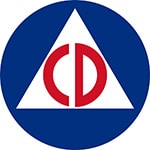
Civil Defense and Vital Industries
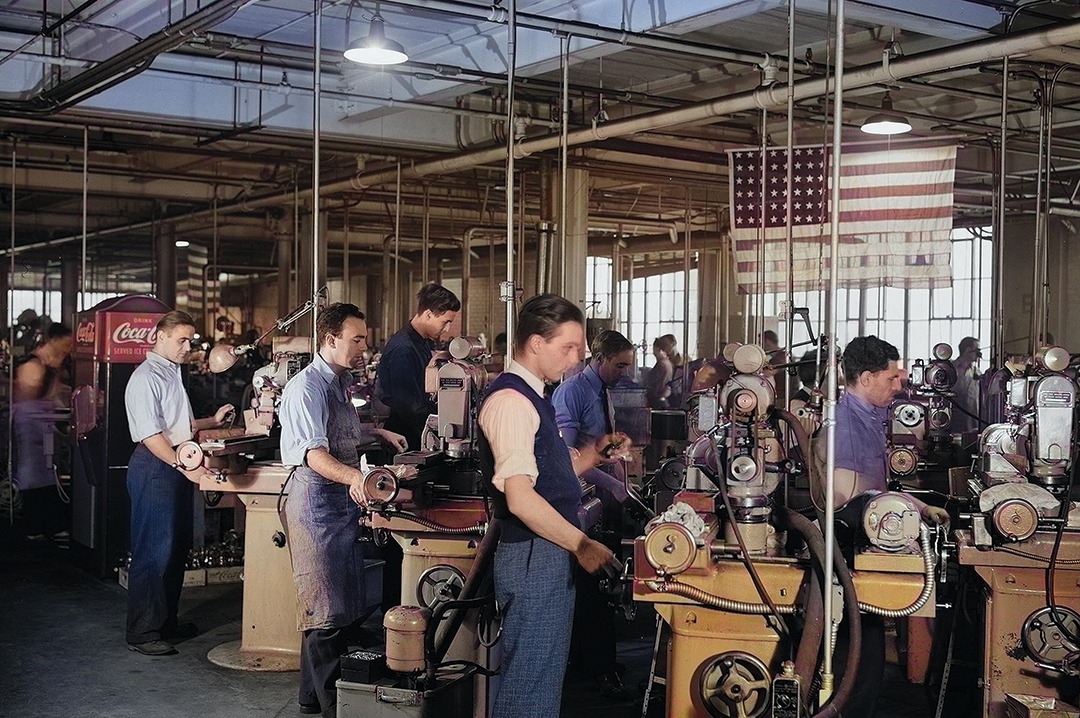
From Yorktown to Gettysburg, the battlefields of Europe, Asia and the Middle East, Stamford’s residents have fought and died in all this country’s military conflicts since before the French and Indian War (1754-1763). Local men and women of all races, ethnicities, and socio-economic backgrounds, have served with distinction in every branch of the armed forces and earned every award for distinguished service and acts of valor in defense of this nation, its civil liberties, rights, and beliefs.
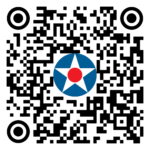
Scan to view this page on your mobile device
Non-military and other civilian personnel, however, also contributed to the war effort by serving in defense industries, maintaining lines of domestic production, and supporting war bond drives and other government debt securities. Humanitarian organizations like the American Red Cross were integral to supporting the American Armed Forces and civilian victims of war and natural disasters by supplying food, blood drives, medical attention, and other necessities. Children even helped – the Junior Food Army grew corn and potatoes.
Stamford’s Role
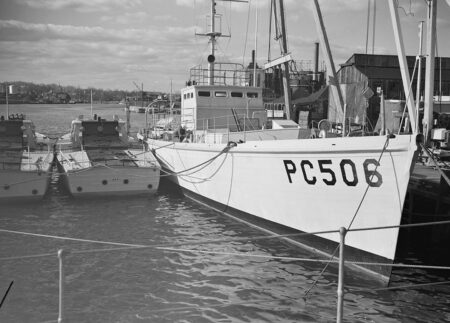
U.S. Navy submarine chaser built at Luders Marine Construction, Stamford, 1942
Although industry had long been established in Stamford, by the early 20th century, the city hosted 118 major manufacturing concerns which were responsible for the production of over 40 million dollars of goods annually. Many of these firms were awarded military contracts for during World War I and II which resulted in temporary cessation of their normal production lines or increased production of specific products.
ON THE HOME FRONT
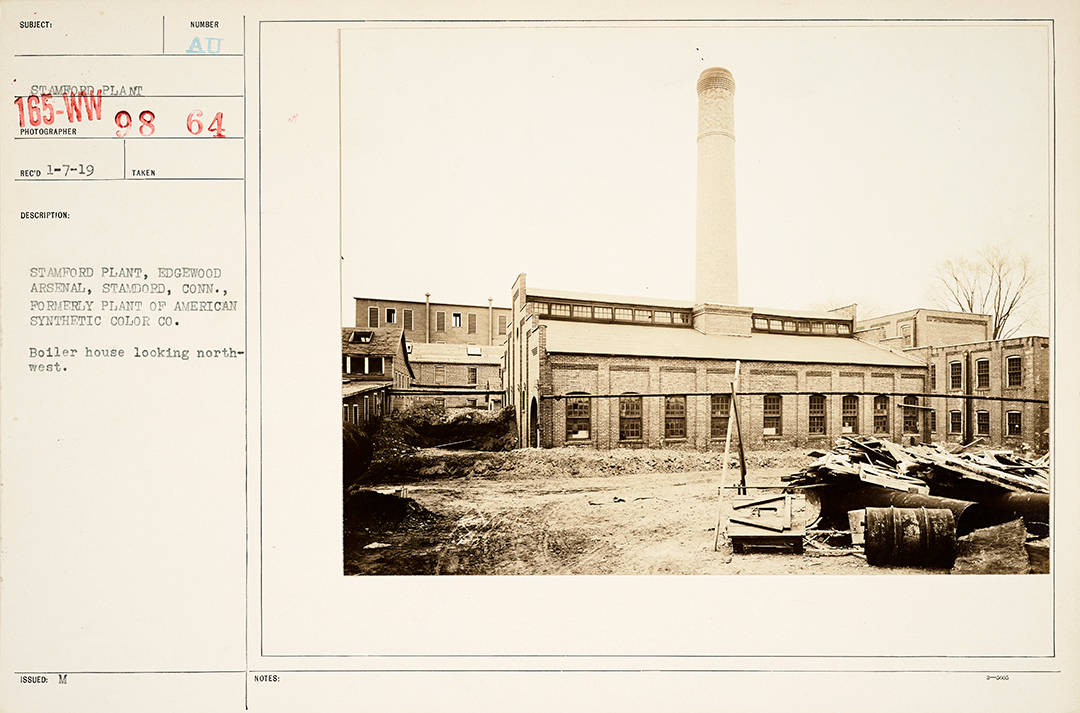
Stamford Companies Engaged in War Efforts
World War I
• American Synthetic Color Co. – Poison gasses and chloropicrin (Tear Gas)
• Luder Marine Construction – Pleasure Yachts – submarine chasers
• Yale & Towne Lock Works – Nozzles, nose-firing mechanism and timing device for fragmentation bombs
World War II
• Aerotorque Co. – Hydraulic Electric Control Systems
• Airadio Inc – Radio Communication and Instrument Components
• American Cyanamid Co. – Aluminum Oxide and Carbonate, Magnesium Oxide and Carbonate, Mangonese Oxide and Carbonate
• Electric Specialty Company – Electric Motors and Generators
• Freydberg Bros Strauss Inc – Plexon
• Luder Marine Construction – Pleasure Yachts – submarine chasers and patrol boats, harbor tugs
• Machlett Laboratories – X-Ray Tubes and rectifying valves
• Norma Hoffman Bearings – Bell and roller bearings
• Northern Warred Corp – plugs (AN series)
• Perkin Elmer Corp – optical units for height finders M-1
• Petroleum Heat and Power Co – Submachine gun bolts and slides, gun sight defrosters, carbine bolts
• Pitney Bowes – Electrical equipment
• Schick, Inc – Gas Cylinders, Oil filters, stadimeters
• Union Wire and Die Corp – Dies
• Yale & Towne Lock Works – Fuel Transfer pumps, rotary pumps, lubricating pumps
GALLERY.
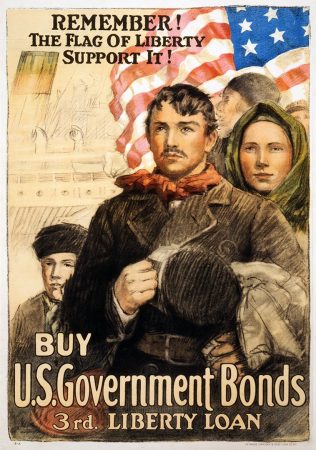

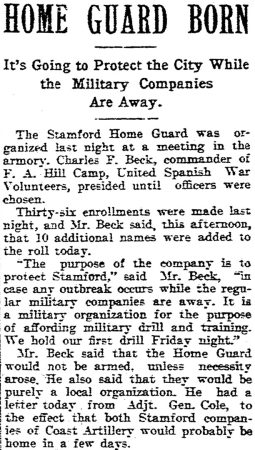
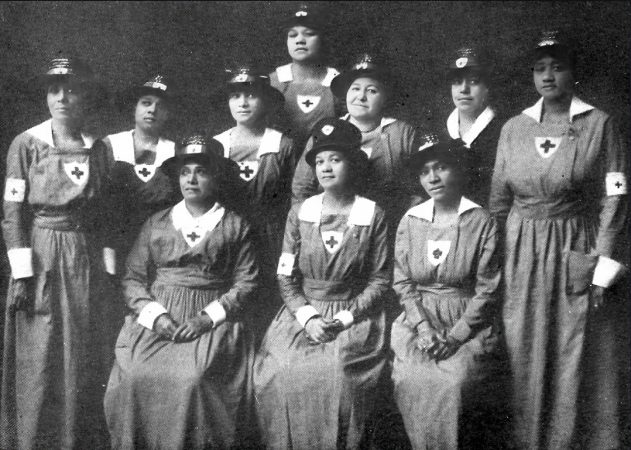
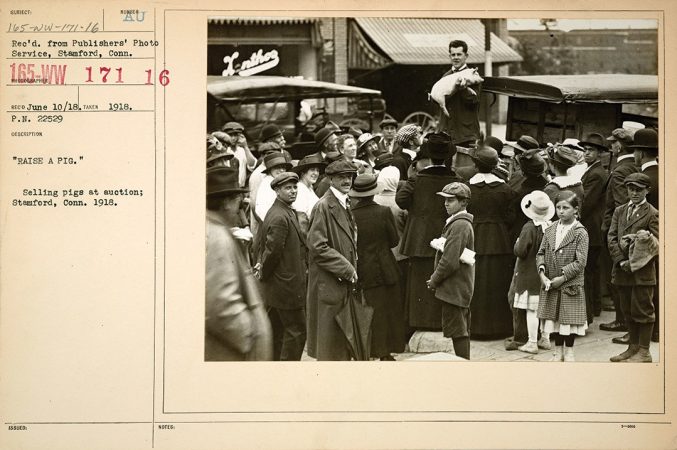
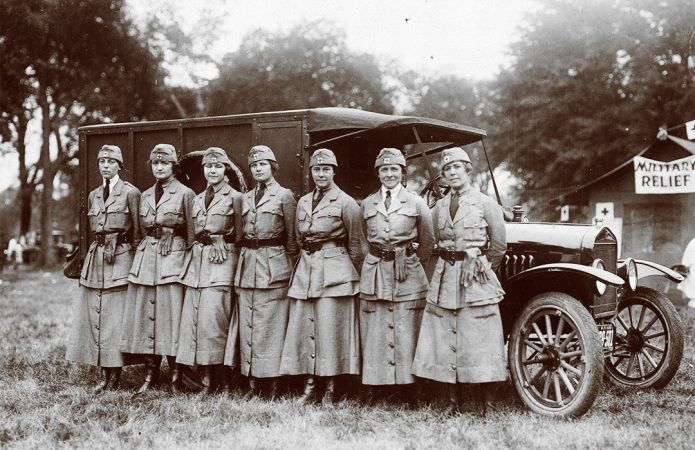
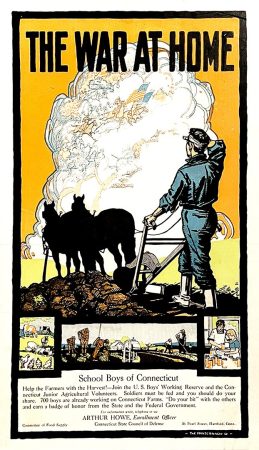
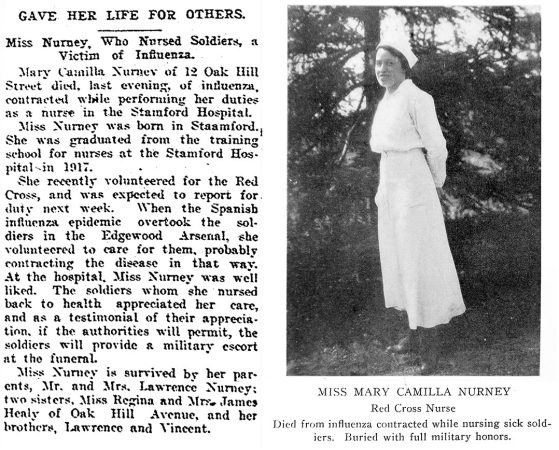
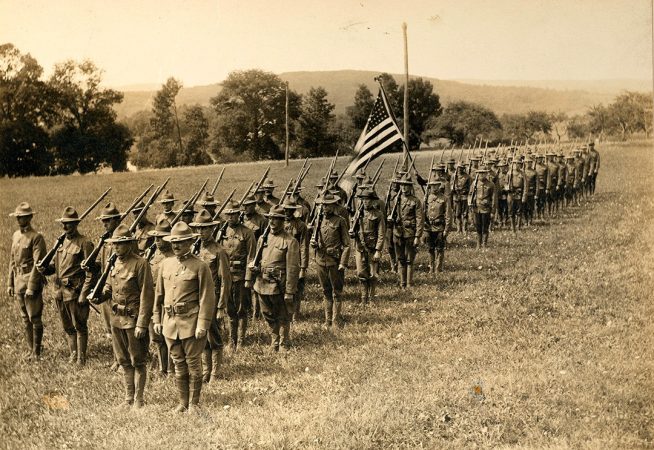

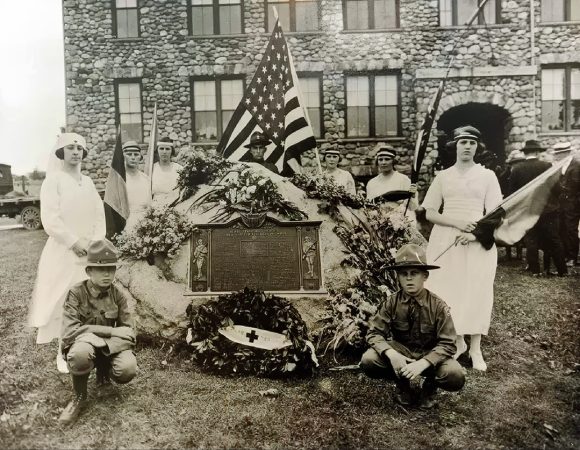
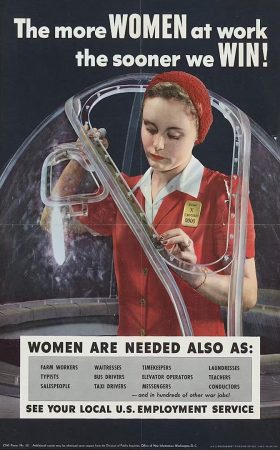
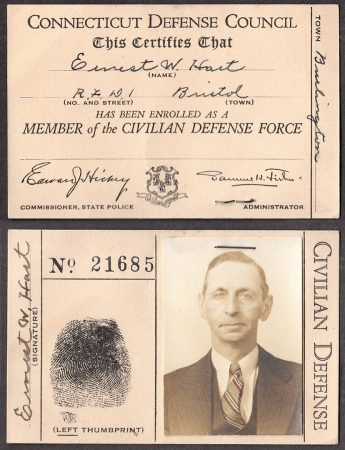
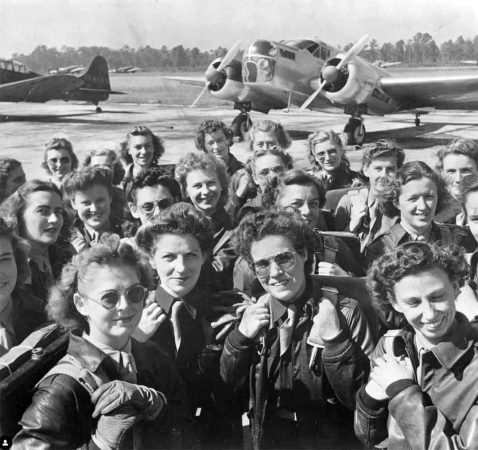

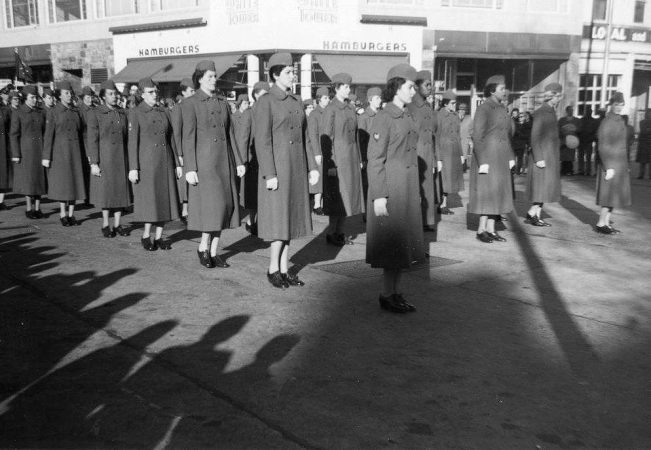
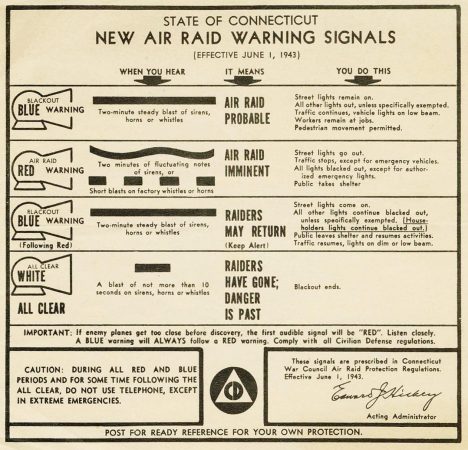
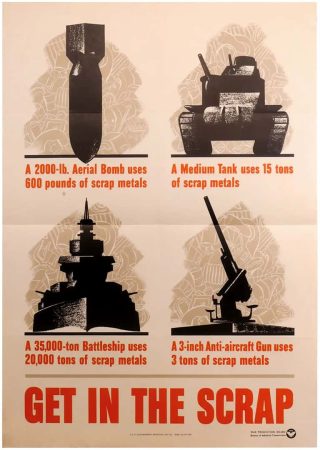
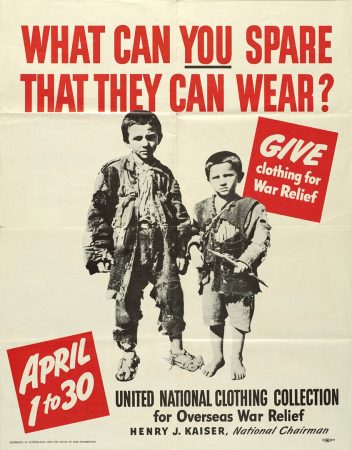
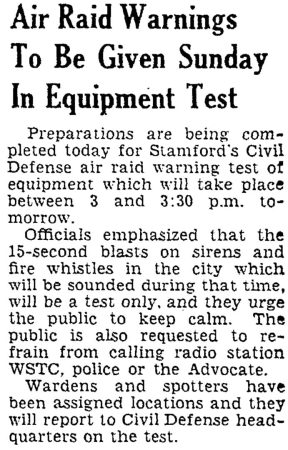
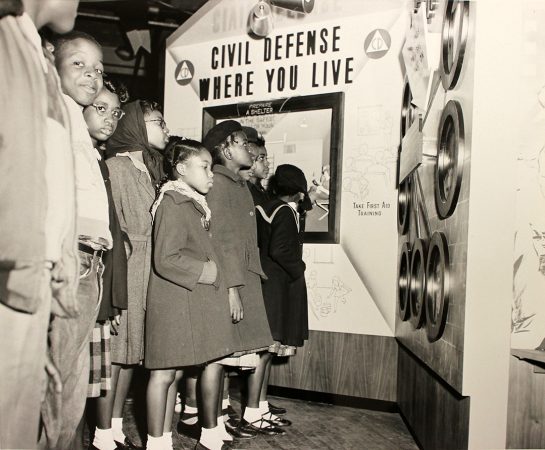
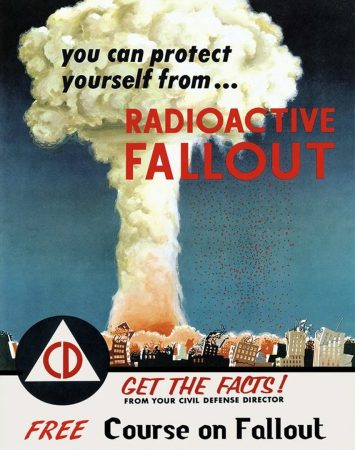



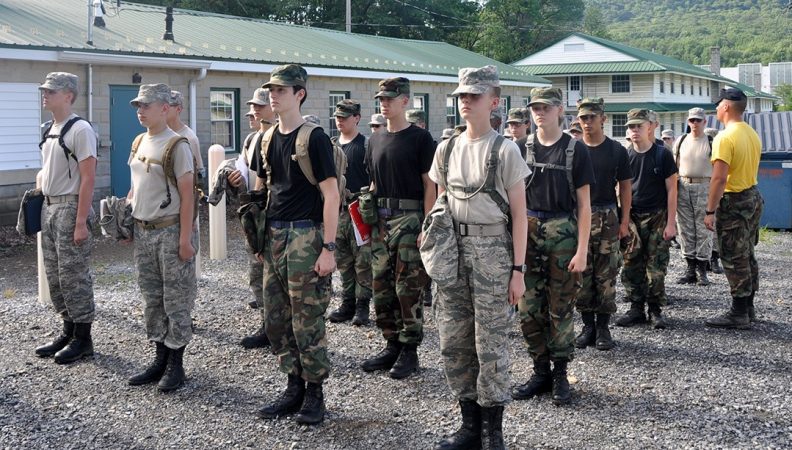
Protecting Americans at Home
NOT ON THE BATTLEFIELD, BUT A SOLDIER NONETHELESS
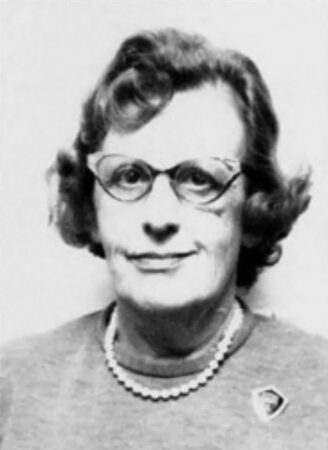
Marian Plotnick
Throughout the war, Marian Plotnick handed out “buddy bags” to departing soldiers at the Stamford railroad station. Often arriving at the station at 4 A.M., Mrs. Plotnick greeted all soldiers scheduled to leave on any given day with these bags, which contained razors, toothpaste, playing cards and other items.
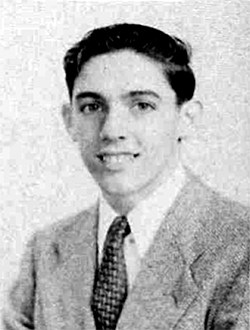
Bruno Giordano
Bruno Giordano started his career in civil service long before he was elected mayor of Stamford in 1967. As a 14-year-old boy in 1942, while working as a newsboy for the Stamford Advocate, he began selling war bonds, eventually selling the most locally. At the time, selling the bonds was a means to support his five older brothers, all of whom were serving in the military. He later served in the Air Force in Korea between 1951 and 1955.
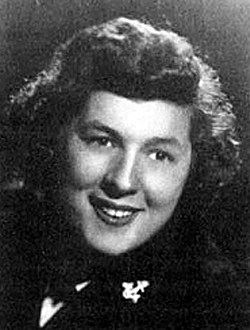
Ruth Maurer-Miller
Ruth Maurer-Miller graduated Stamford High School in 1939 and worked as an artist for Conde Nast. Following Pearl Harbor, she joined WAVES and completed basic training in the Bronx, New York before being sent to Oklahoma to work in a quarantine ward in a hospital discharge center. She later served at a Naval Hospital in New Orleans and at the Millington Air Station in Memphis, Tennessee where she did dispensary duties in an infirmary. Ruth returned to Stamford in 1945.
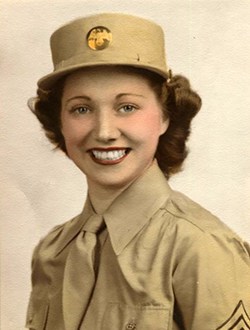
Dahlia Johnston
Dahlia “Pobie” Johnston was working in a defense plant making nuts and bolts for airplanes when the Women’s Auxiliary Army Corps was found established in 1942. Although initially serving as a cook in the WAACs, Pobie was re-evaluated when the reserves were renamed the Women’s Army Corps (WACs). With high scores on her tests, she was re-trained and reassigned to an administrative duty helping to discharge soldiers after VE-Day and training local civilians to help with the process. She rose to the rank of Sergeant and was discharged in December 1945.
WANT TO RECOGNIZE A STAMFORD VETERAN?
 The Stamford Veterans Park Partnership is seeking more information on Stamford veterans. If you have a loved one whose service you’d like to recognize, please contact us by scanning the QR code here.
The Stamford Veterans Park Partnership is seeking more information on Stamford veterans. If you have a loved one whose service you’d like to recognize, please contact us by scanning the QR code here.